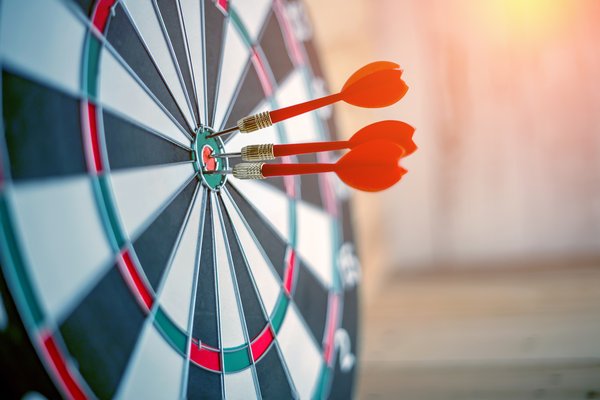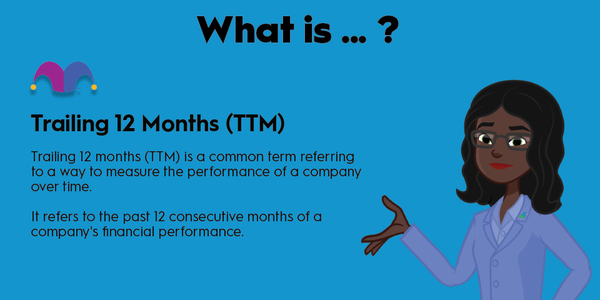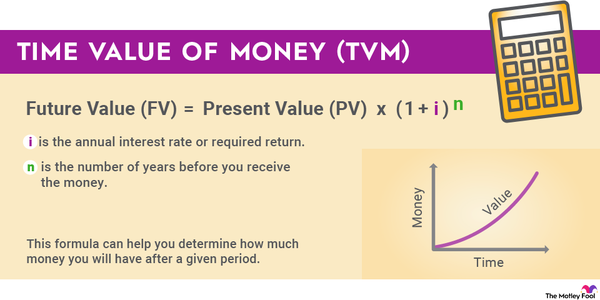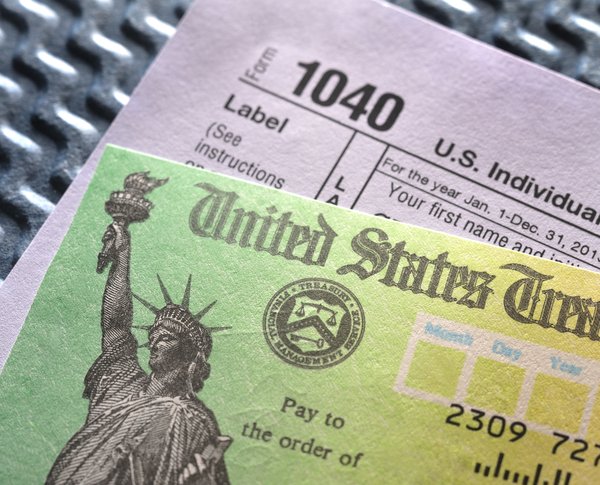Machine learning (ML) is changing the world. Within the field, transfer learning is a design approach that allows for general models to be bridged to new functions and purposes.

What is transfer learning?
What is transfer learning?
Transfer learning is an approach to machine learning that involves taking a model designed for one purpose and using it as the foundation for a new purpose. ML models that have been trained on an initial set of data can sometimes be effectively used or adapted to perform other similar tasks.
Through transfer learning, the iterative benefits of building more comprehensive data sets, algorithms, and models open the door for improved performance and reduce the need to develop entirely new systems.
Why is transfer learning important?
Why is transfer learning important?
Compared to developing completely new models, transfer learning can make creating machine-learning models for new scenarios much easier. It can reduce the amount of data needed to train a model for a new task, significantly speed progress, and improve performance for new ML networks.
Transfer learning has become a particularly popular tool for deep-learning models and could play a key role in pushing artificial intelligence forward. Deep learning is a subset of machine learning that uses algorithms to build an approximation of neural networks that make iterative learning possible. Using transfer learning across a variety of related uses can make it possible for a deep-learning model to build more generalized capabilities.
How does transfer learning work?
How does transfer learning work?
By utilizing patterns that have already been learned from previous data sets and tasks, transfer learning can provide a head start on distinct but related tasks. Even if there is relatively little data available to support solving a new task, this methodology can cut down on resource requirements and improve the model's chances of success.
On the other hand, transfer learning won't be usable in every artificial intelligence scenario. If a model is trained on an original task and then adapted to another use that is very different, it's unlikely to produce good results.
Even if the tasks are quite similar, adapting the model for a subsequent task may result in the model being able to produce results under very narrow constraints while being broadly incapable of effectively handling new relevant data. This dynamic in machine learning is called "overfitting."
Related investing topics
An example of transfer learning
An example of transfer learning
Because of the heavy data and computational requirements involved, transfer learning is a popular design approach for machine vision applications. Being able to separate and classify different categories of objects is a generalizable AI process, and transfer learning has proven to be an effective methodology for solving multiple related tasks in this field.
For example, a machine learning system that was trained to identify cars could be used as the starting point for identifying buses, motorcycles, bicycles, and other forms of transportation. Many deep-learning image classification networks have already made heavy use of transfer learning, and it's likely that the design approach will continue to play an important role in pushing machine-vision systems forward.


































